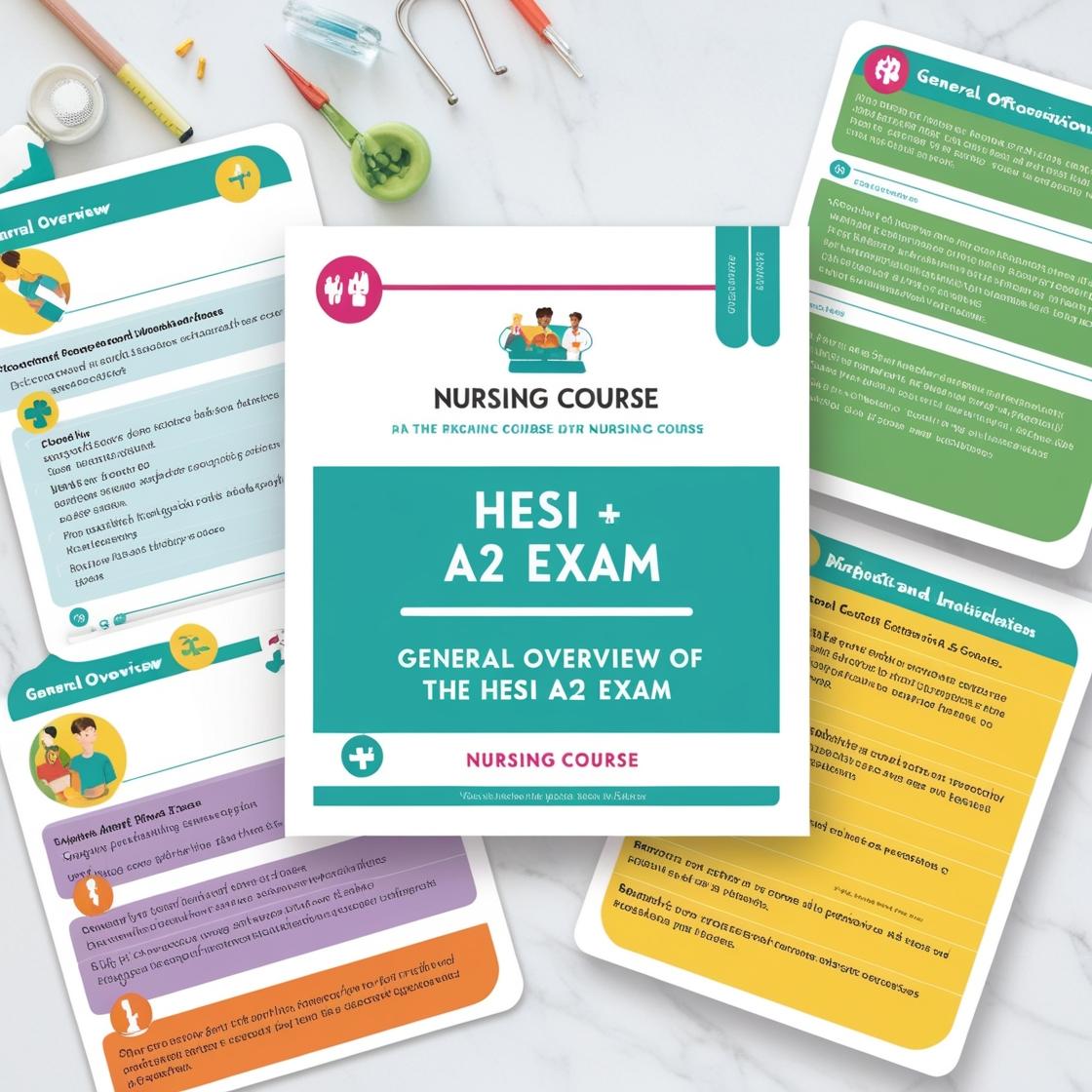HESI A2
Reading Comprehension HESI A2 Practice Test
1. What is the meaning of the word moderation as used in the second paragraph?
- A. Adequate amounts
- B. Intervals of time
- C. Excess
- D. Variation
Correct answer: A
Rationale: In this context, moderation means consuming adequate amounts of unsaturated fats. The passage highlights that unsaturated fats like olive oil and omega-3 fatty acids are beneficial when consumed in appropriate quantities. Choice B, intervals of time, is incorrect as it does not relate to the consumption of fats. Choice C, excess, is incorrect because moderation implies avoiding excess consumption. Choice D, variation, is unrelated to the context of consuming fats in appropriate amounts.
2. What is the meaning of the word duration as used in the last paragraph?
- A. Basis
- B. Extent
- C. Cure
- D. Solidity
Correct answer: B
Rationale: The word "duration" in the context of sleep refers to the length of time that children should sleep. It suggests a focus on the amount of sleep necessary for healthy development, making option B the correct choice as it aligns with the emphasis on recommended sleep hours for children.
3. What is the meaning of the word overturn in the last paragraph of the passage?
- A. Justify
- B. Invalidate
- C. Support
- D. Review
Correct answer: B
Rationale: The word "overturn" means to invalidate or negate existing guidelines. In this context, the passage questions whether the findings of the study are substantial enough to change established medical recommendations regarding caffeine intake during pregnancy, making option B the appropriate choice.
4. What is the meaning of the word viable as used in the last paragraph?
- A. Reasonable
- B. Unresolved
- C. Contemporary
- D. Consistent
Correct answer: A
Rationale: In the context of the passage, "viable" means reasonable or feasible, referring to the acceptability of acupuncture as a treatment option based on the study's results. This definition aligns with the implications made in the conclusion of the study, thus supporting option A.
5. Which statement could be inferred by the reader from the last paragraph of the passage?
- A. Procedures that Lifewings Partners recommends are always effective.
- B. Medical mistakes can happen at even the best hospitals.
- C. City hospitals know more than others about cutting-edge medicine.
- D. Medical mistakes will one day be completely eradicated.
Correct answer: B
Rationale: The inference that medical mistakes can happen even at reputable hospitals is suggested by the warning from Steve Harden about the risks involved. The passage acknowledges that even well-regarded facilities are not immune to errors, thereby supporting option B as a logical conclusion drawn from the text.
Similar Questions

Access More Features
HESI A2 Basic
$89/ 30 days
- 3,000 Questions with answers
- 30 days access @ $89
HESI A2 Premium
$129.99/ 90 days
- Actual HESI A 2 Questions
- 3,000 questions with answers
- 90 days access @ $129.99
